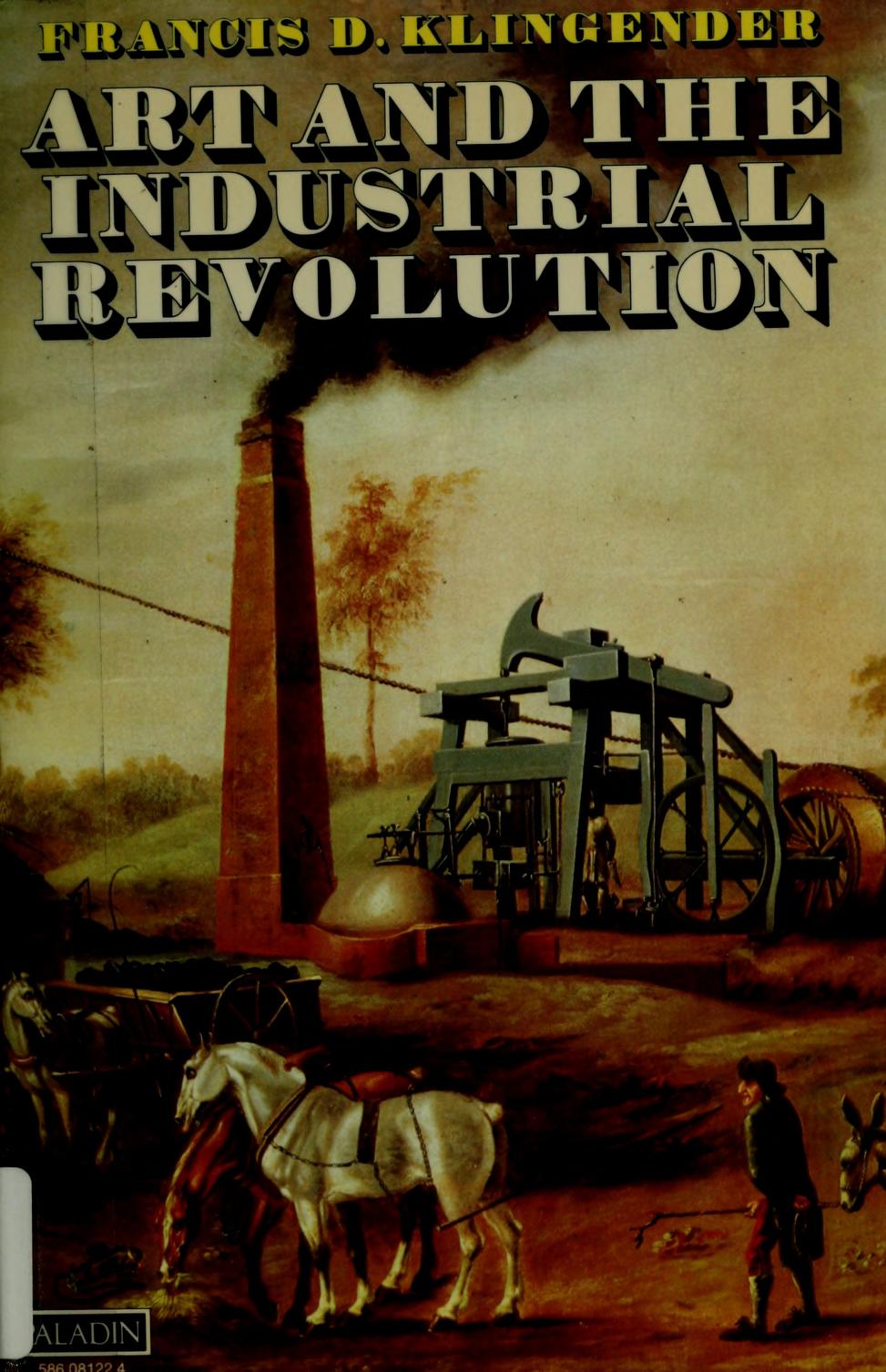Steve Joshua Heims: The Cybernetics Group (1991)
Filed under book | Tags: · computing, cybernetics, history of computing, history of science, history of technology, information theory, machine, technology

“This is the engaging story of a moment of transformation in the human sciences, a detailed account of a remarkable group of people who met regularly from 1946 to 1953 to explore the possibility of using scientific ideas that had emerged in the war years (cybernetics, information theory, computer theory) as a basis for interdisciplinary alliances. The Macy Conferences on Cybernetics, as they came to be called, included such luminaries as Norbert Wiener, John von Neumann, Margaret Mead, Gregory Bateson, Warren McCulloch, Walter Pitts, Kurt Lewin, F. S. C. Northrop, Molly Harrower, and Lawrence Kubie, who thought and argued together about such topics as insanity, vision, circular causality, language, the brain as a digital machine, and how to make wise decisions.
Heims, who met and talked with many of the participants, portrays them not only as thinkers but as human beings. His account examines how the conduct and content of research are shaped by the society in which it occurs and how the spirit of the times, in this case a mixture of postwar confidence and cold-war paranoia, affected the thinking of the cybernetics group. He uses the meetings to explore the strong influence elite groups can have in establishing connections and agendas for research and provides a firsthand took at the emergence of paradigms that were to become central to the new fields of artificial intelligence and cognitive science.
In his joint biography of John von Neumann and Norbert Wiener, Heims offered a challenging interpretation of the development of recent American science and technology. Here, in this group portrait of an important generation of American intellectuals, Heims extends that interpretation to a broader canvas, in the process paying special attention to the two iconoclastic figures, Warren McCulloch and Gregory Bateson, whose ideas on the nature of the mind/brain and on holism are enjoying renewal today.”
Paperback edition appeared under the title Constructing a Social Science for Postwar America: The Cybernetics Group (1946–1953) in 1993.
Publisher MIT Press, 1991
ISBN 0262082004, 9780262082006
xii+334 pages
Reviews: N. Katherine Hayles (Hist Human Sciences, 1992), R.V. Jones (New Scientist, 1992), Carlos A. Martínez-Vela (2001).
PDF (3 MB, updated on 2018-7-25)
Comment (1)Francis D. Klingender: Art and the Industrial Revolution (1947–) [EN, IT, ES]
Filed under book | Tags: · 1800s, aesthetics, art history, history of literature, history of technology, industrial revolution, industry, labour, marxism, poetry, technology

A classic of Marxist art history.
“Drawing on his unique command of the contemporary visual and literary record, Francis Klingender analyzes and documents the inter-reaction between the sociological, scientific and cultural changes that moulded the 19th century. His subjects range from the development of the railways to the poetry of Erasmus Darwin, from the construction of bridges and aqueducts to the aesthetic concepts of the Sublime and the Pictoresque, from the Luddite riots and the English ‘navvy’ to those artists most profoundly affected by the climate of the Industrial Revolution, among them John Martin, Joseph Wright of Derby, J.C. Bourne, and J.M.W. Turner.” (from back cover)
Publisher N. Carrington, London, 1947
Edited and revised by Arthur Elton
Revised and expanded edition by Adams & Dart, 1968
Publisher Paladin, St Albans, 1972
ISBN 0586081224, 9780586081228
xv+272 pages
Review: Fred H. Andrews (J Royal Society of Arts, 1949).
Art and the Industrial Revolution (English, 1947/1968, 60 MB, no OCR)
Arte e rivoluzione industriale (Italian, trans. Elena Einaudi, 1972)
Arte y revolución industrial (Spanish, trans. Pilar Salso, 1983)
Sylvia Berryman: The Mechanical Hypothesis in Ancient Greek Natural Philosophy (2009)
Filed under book | Tags: · antiquity, astronomy, automata, engineering, history of science, history of technology, machine, mechanics, philosophy, physics, science, technology

“It has long been thought that the ancient Greeks did not take mechanics seriously as part of the workings of nature, and that therefore their natural philosophy was both primitive and marginal. In this book Sylvia Berryman challenges that assumption, arguing that the idea that the world works ‘like a machine’ can be found in ancient Greek thought, predating the early modern philosophy with which it is most closely associated. Her discussion ranges over topics including balancing and equilibrium, lifting water, sphere-making and models of the heavens, and ancient Greek pneumatic theory, with detailed analysis of thinkers such as Aristotle, Archimedes, and Hero of Alexandria. Her book shows scholars of ancient Greek philosophy why it is necessary to pay attention to mechanics, and shows historians of science why the differences between ancient and modern reactions to mechanics are not as great as was generally thought.”
Publisher Cambridge University Press, 2009
ISBN 0521763762, 9780521763769
286 pages
Review (Serafina Cuomo, Aestimatio, 2012)
Review (Jean De Groot, Metascience, 2012)
Talk by the author (video, at UBC, 104 min, 2011)

